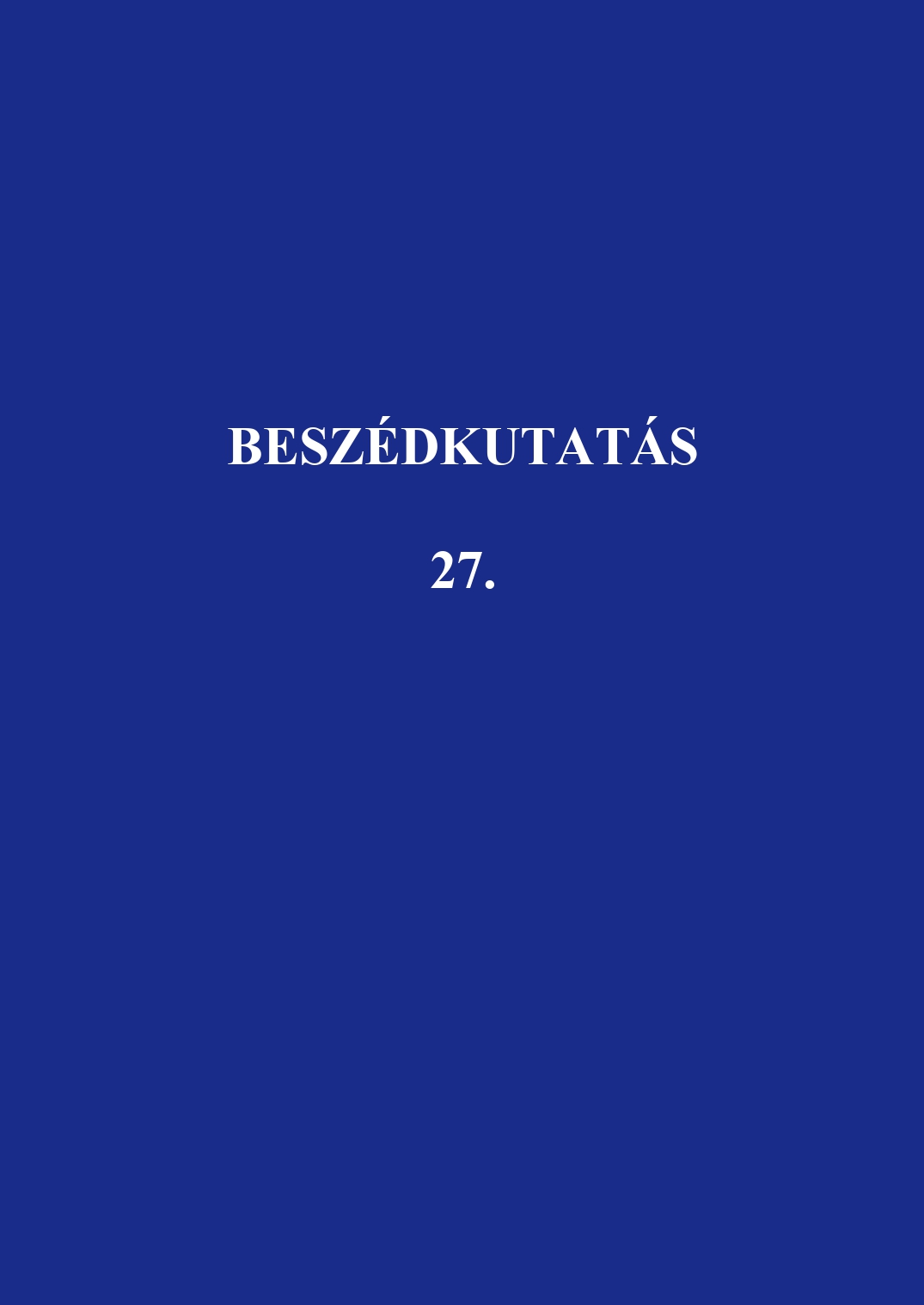Narratívák temporális mintázata tinédzserkortól időskorig
Absztrakt
Temporal patterns of narratives across the lifespan
Narrative is an important interactional speech communication form that each generation uses. Narrative production involves organizing and expressing a series of events and facts that were experienced by the speaker. Narrative as specific verbal behavior shares similarities with various styles of spontaneous speech; however, there are marked differences in several important ways like memory processes. There is a specific type of narratives when the speaker is asked to summarize a heard text immediately. The input is based on speech comprehension followed by the usual speech planning processes. Our research question is whether the temporal parameters of narratives show changes from teenagers to old speakers. 56 speakers (ages between 16 and 80 years) forming six age groups were randomly selected from two databases (BEA and TiniBEA) according to their ages. The length of the narratives, the number of words the narratives consisted of, the subjects’ speech tempi, relative frequency and durations of phrases, silent and filled pauses, as well as speaking fluency and individual differences were analyzed (using Praat software). Results showed large overlaps between data of the neighboring age groups. Significant differences could be proved between the three young and the three old groups in a number of temporal parameters, like durations of
phrases and pauses. Some of the measured data of the narratives analyzed reflect the dominant usage of either short-term or long-term memory that depends on age.
A Beszédkutatásba leadott tanulmányokat máshol változatlan formában megjelentetni nem lehet. Más személy a szerkesztőbizottság engedélyével és megfelelő hivatkozással használhat fel ábrákat a publikált tanulmányokból.





